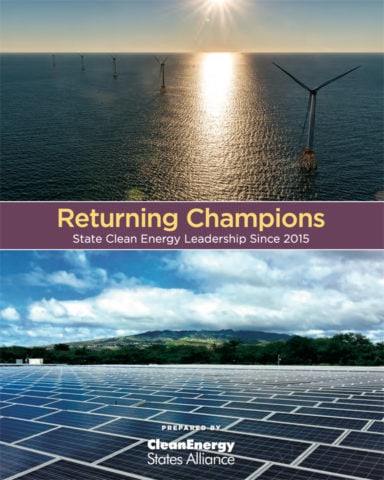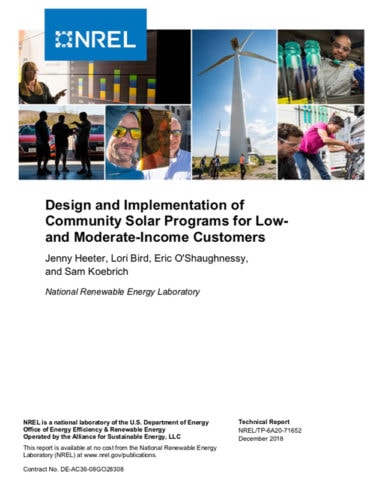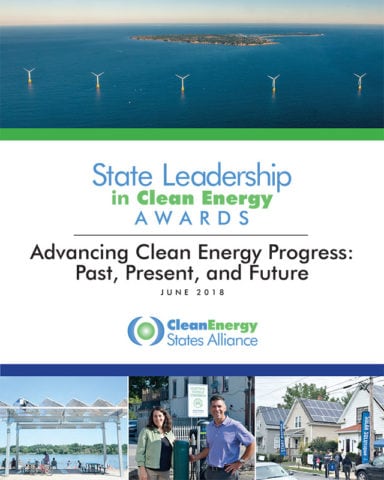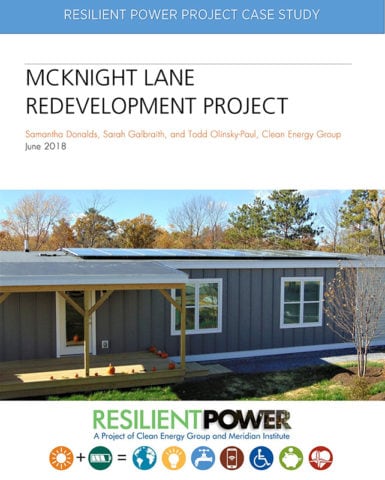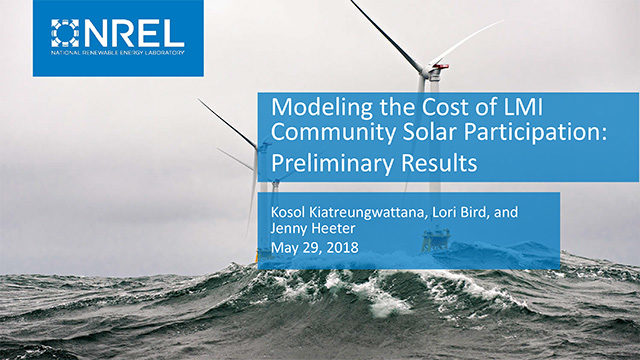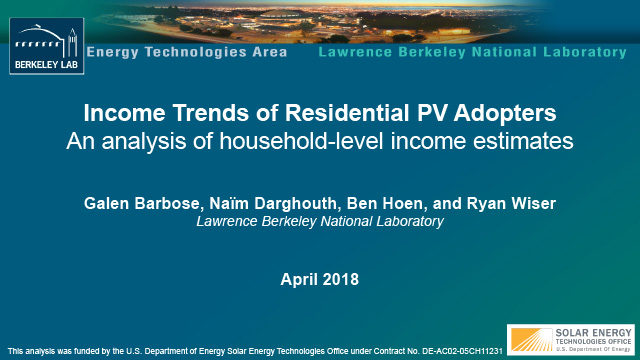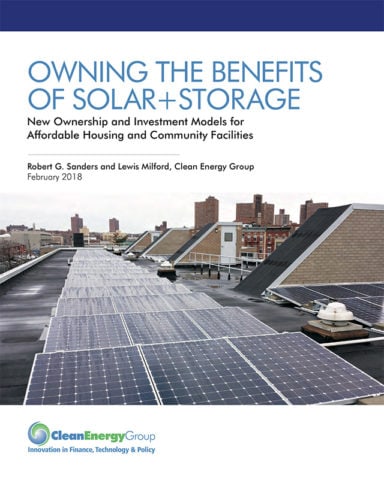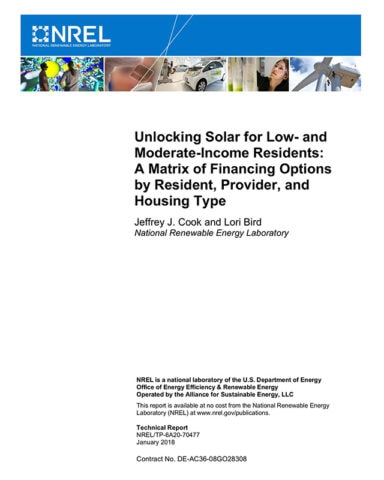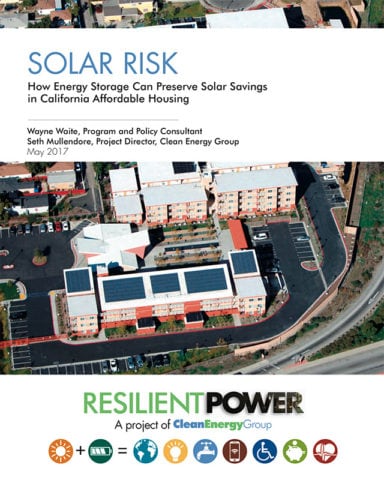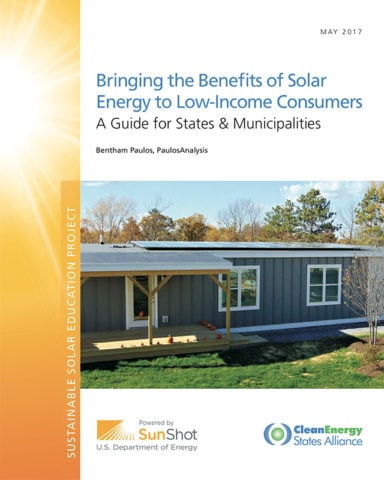Resource Archive - Low- and Moderate-Income Clean Energy
SEARCH RESOURCES
You can also search by author name.
RESOURCE TYPES
RESOURCE TOPICS
RESOURCE PROJECTS
RESOURCE YEARS
Returning Champions: State Clean Energy Leadership Since 2015, a new report from the Clean Energy States Alliance (CESA), highlights the essential role that states are playing to develop and implement effective policies and programs. The report describes the range of strategies and initiatives that states are using to grow clean energy markets, and it provides readers with a concise overview of clean energy trends at the state level.
This report reviews existing and emerging LMI community solar programs, discusses key questions related to program design, outlines how states can leverage incentives and finance structures to lower the cost of LMI community solar, and examines marketing and outreach considerations.
This report presents case studies of the six recipients of the 2018 State Leadership in Clean Energy Awards.
A defunct mobile home park in rural Vermont was transformed into the first resilient, zero-energy, affordable modular housing development in the country with solar and battery storage systems. This case study includes technical and financial details, as well as lessons learned over the course of the project.
In an effort to understand the magnitude of incentives needed to drive low-and-moderate-income (LMI) customer participation in community solar, NREL’s Kosol Kiatreungwattana used a community solar finance tool to assess the cost of community solar for LMI customers in 6 states (CT, DC, MN, NM, OR, RI).
This report aims to establish basic factual information about income trends among U.S. residential solar adopters, with some emphasis on low- and moderate-income households.
This paper explores additional ownership and financing options for solar+storage projects and low-income communities beyond direct ownership and conventional leasing models.
This report identifies the most promising strategies state policymakers might consider using to finance PV for low- and moderate-income customers.
A new analysis finds that energy storage can effectively hedge against proposed changes to California’s solar policies and utility rates that could drastically reduce the value of solar.
This guide outlines the obstacles that low-income households face in accessing solar power and provides a detailed overview of strategies that policymakers and government agencies can use to encourage low-income solar adoption.

